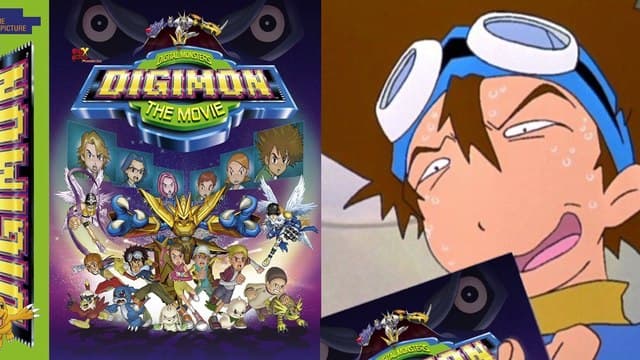1Comments
PUBLISHED
UPDATED
Why is Adult Animation in America All So Same-y?
About the Author
Sean Aitchison
Sean is a big dumb weeb with ADHD and also a freelance writer and researcher. You can follow him on twitter (@Sean8UrSon) or catch him streaming on Twitch (Twitch.TV/Sean8Urson). You can also check out his Sonic the Hedgehog podcast, Sonic Podcast Adventure (@SonicPod).
Newest


